Part of a series of articles on
Preparing a School Winter Solstice Performance
Personent Hodie is a medieval Christmas carol. The form in which it comes down to us was first published in Piæ Cantiones, a collection of medieval Latin songs that were sung at the cathedral school in Turku (Finland). It was compiled by Jaakko Suomalainen, a Finnish clergyman, and published in 1582. The carol’s melody is very similar to a hymn found in a German manuscript from 1360, and it is assumed that Personent Hodie dates from the mid-14th century.
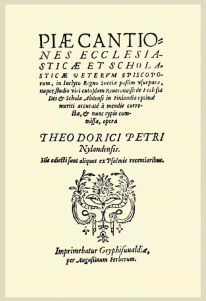
Piæ Cantiones, 1582, title page ~ a facsimile may be found here
A copy of Piæ Cantiones was given to the English scholar and hymnist J.M. Neale in the mid-19th century by the British ambassador to Sweden, and Neale may be credited with introducing Personent Hodie to the Christmas traditions of the English-speaking world. With a Latin text describing the nativity and a unison melody evocative of plainchant, it is an ideal carol for inclusion in a Winter Solstice performance. For years, Personent Hodie was an integral part of my school music programs – the mysterious, solemn opening processional for our annual Winter Solstice performance each December.
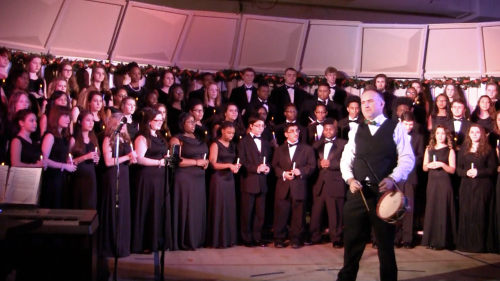
The Nashville School of the Arts Festival Choir at the conclusion of Personent Hodie, Tastes & Sounds of the Season, December 4, 2014 ~ note the candles still in their hands (the lights have just come up) ~ this was the last time I did this
During my tenure at Nashville School of the Arts, this was one of the first songs my students learned each year. Our opening processional for “Tastes & Sounds of the Season”, NSA’s annual Winter Solstice celebration, I also used Personent Hodie as a processional in elementary school productions with children as young as third grade. Yes, they can learn to sing four verses in Latin from memory!
Processing slowly into the darkened hall singing this ancient hymn in unison, each singer holding a candle, creates an unforgettable atmosphere with which to begin the performance. I would lead students into the hall playing the haunting tune on pipe and tabor, joined by a small “orchestra” of students playing a simple “harmonization” of the melody in parallel fifths.
I first sang Personent Hodie in a college choir, in the arrangement made popular by Gustav Holst in the early 20th century, and began using it as a processional for Winter Solstice productions at Blue Rock School in the early 1990s. When I assumed responsibility for the choir program at Nashville School of the Arts, the hymn became an integral part of my choirs’ experience and was one of the first songs we looked at during my annual review of solfège principles at the beginning of the school year.
Printable PDF of the choir sheet above here: PersonentHodiechoirsheet
Four sample instrumentations of Personent Hodie (PDFs) I wrote for the accompaniment “orchestra” – the student musicians at my disposal changed from year to year so I often found myself making new arrangements of the tune:
PersonentHodieStrings
PersonentHodieStrings2
PersonentHodieOrchestra1
PersonentHodieOrchestra2
Feel free to print and copy these for your program, or use them as a jumping off point for your own arrangements!
* * *
After marking the hymn and singing it on syllables a few times during the first week of school (as described here in detail in my article Teaching Music With Solfège), we then let it rest quietly in the choir binder until around the end of October. At this point all choirs were assigned to memorize the hymn at the rate of one verse per week, the entire carol to be completely memorized before the week of Thanksgiving. We would memorize the verses in this order: 1, 4, 2, 3; and each week as I introduced the new “verse of the week” I was painstaking in attention to the details of pronunciation, phrasing, and marking breaths. In this way Personent Hodie was a real workhorse piece for my choirs, in that every year we used it as a textbook review of not only solfège syllables, but also Latin pronunciation, vowel production, and good singing technique.
In practice, once we had a Winter Solstice performance under our belts, only the 9th graders and those new to the program were unfamiliar with the song. The process of learning and memorizing four verses in Latin was then an easy one, bolstered by the work of previous years and the sense of initiation felt by those learning Personent Hodie for the first time.
I accompanied the choir on pipe & tabor, in addition to a small accompanying “orchestra” comprised of whatever student musicians were available. The three hole pipe and small side drum designed to be played by a single player have been around since at least the early middle ages – I first learned how to play pipe & tabor in order to accompany student morris dancers. It is a little tricky to get the hang of, but well within the reach of any musician willing to put in the time, especially if you already play recorder.
The three hole pipe can only play diatonic notes (easily, at least), which poses no difficulty for the Dorian melody of Personent Hodie. Contemporary three hole pipes (at a=440) are usually in D, but I also have a C pipe, which allowed me to play the carol at the dark, relaxed (untransposed) key of the original carol.
In addition to providing a unique, antique timbre to the performance, pipe & tabor has a distinct advantage for accompanying a processional because the combination of the drum and the high, shrill sound of the pipe – originally meant to be played outdoors – can easily be heard by singers at both ends of the hall, and it can really help to keep your group together.
Here’s how we would go about performing the processional:
- Seat the orchestra at the front of the performing space (near the stage) before beginning.
- Choir assembles outside the performing space in processional order (determined beforehand).
- When it is time to begin, darken the hall. Cue the lowest instruments (ideally bass and cello) to begin sawing away at their lowest D (if you have a bass player have her tune her low E string down a step for this). They will hold this note as a drone through the entire first verse.
- Lead the choir into the hall, singing the first verse. Pipe & tabor accompanies the choir on the melody and the drum provides the tempo.
- Singers enter walking slowly together in pairs, each holding a lit candle in the right hand (or both hands – it does not matter which method you decide on, just that everyone does the same thing). If lit tapers are not a possibility for your performance, small handheld electric candles (as shown in the photo above) work very well! They are not expensive and are well worth the investment for your program – kept locked away safely between seasons, they will last for years.
- Singers do not walk in time to the music. All those processing in walk steadily and slowly out of time and tempo with the beat of the carol.
- The orchestra begins to play the accompaniment immediately following the first verse. There is a short instrumental interlude between each verse, consisting of the last four bars of the tune.
- Director stands at the back of the performance space until all singers have entered and taken their places on the stage, then follows them in and turns to stand in front of the choir, facing the audience.
- The carol and processional ends with a fermata for all singers and instrumentalists on the final note: “In excelsis Deo!”
- Bring up the lights and let the show begin!
It helps the flow of the performance a lot to have choir officers stand in front of the choir with baskets to collect the candles immediately following the processional while you address the audience with your welcoming remarks. With a choir of 100 singers or more, we were able (after a rehearsal!) to process into the hall and be assembled on the risers by the end of the third verse, providing for a powerful, climactic fourth verse, and a moving and memorable way to begin our Winter Solstice performance each year.
Maddy Prior’s upbeat recording of Personent Hodie is MUCH faster than I ever performed it with my students, but it is so charming I can’t resist including it here
* * *
Preparing a School Winter Solstice Performance:
Christmas in July <– START HERE
Personent Hodie
In Comes I: The Student Mummer’s Play
We Come To Show Activity: Producing a Student Mummer’s Play
Fieldston Outdoors Mummer’s Play

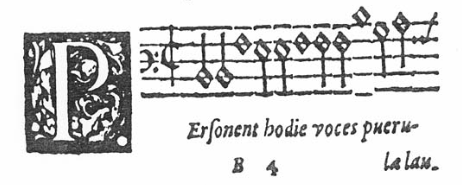
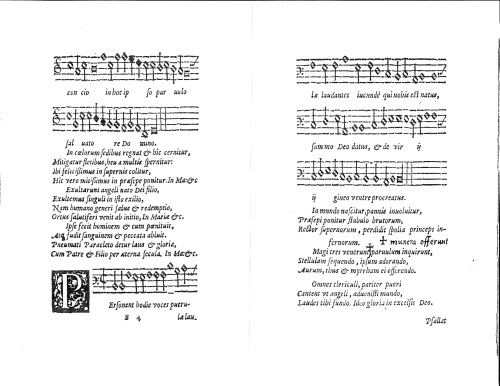
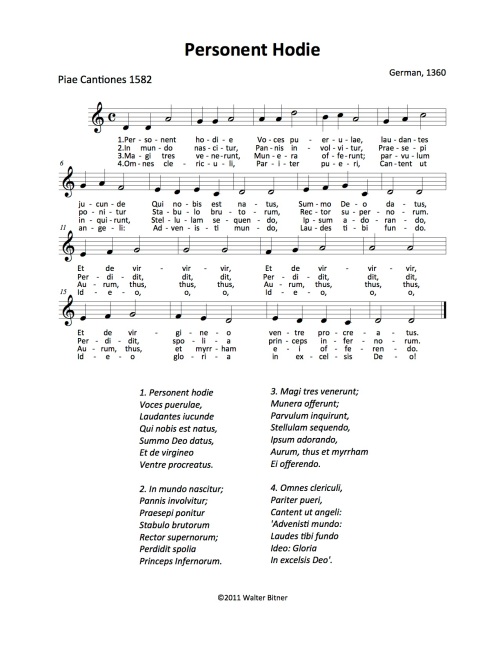
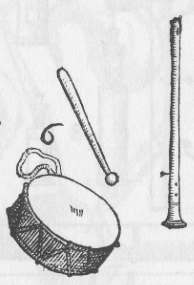
[…] a Processional (Personent Hodie) […]
[…] Personent Hodie […]
[…] a collection of medieval Latin songs published in Finland in 1582. Piæ Cantiones, through a circuitous path, introduced several carols to the Christmas traditions of English-speaking countries in the […]
[…] Personent Hodie […]
[…] Personent Hodie […]
[…] Personent Hodie […]
[…] Personent Hodie […]
[…] of a marauding dragon in the neighborhood. (Both choirs process into the King’s Court singing Personent Hodie.) The King’s subjects sing some songs for the King to provide entertainment before dinner. […]
[…] Personent Hodie […]
[…] Personent Hodie […]
[…] Personent Hodie (October) […]
[…] a collection of medieval Latin songs published in Finland in 1582. Piæ Cantiones, through a circuitous path, introduced several carols to the Christmas traditions of English-speaking countries in the […]
[…] Personent Hodie […]
I love that medieval song Personent Hodie. But sorry, Maddy Prior’s upbeat version really spoiled the song.